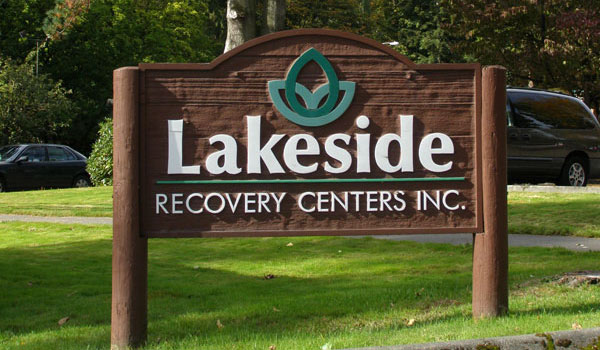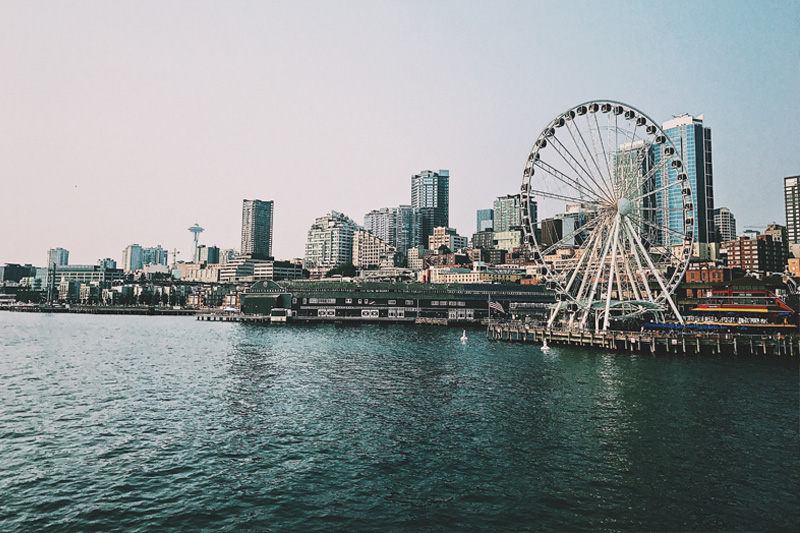There’s no question that Washington is a wonderful place to live – with beautiful coastal views, snow-capped mountains, and bustling cities, visitors may describe it as idyllic. Unfortunately, no matter how beautiful a region is, no place is exempt from the havoc wreaked by drugs and alcohol. For this reason, it is important to be aware of the statistics surrounding substance use in your home state.
The Alcohol & Drug Abuse Institute Library & Clearinghouse, along with the ADAI Drug Use Epidemiology Reporting Project at the University of Washington, developed a website to compile all available data about substance use within the state. They even offer interactive maps and charts for ease of interpretation. This is the primary source for the information cited in this blog post. Read on to learn how Washington ranks against national averages for substance use and mental health concerns.
The Behavioral Health Barometer
In a report from SAMHSA, the Substance Abuse and Mental Health Services Administration, researchers examined trends in youth and adult substance use rates and mental health concerns over the past year.
Adolescent Substance Use – Over the years of 2009 to 2013, Washington teens were significantly more likely to use illicit drugs than the general U.S. teenager. They were also more likely to have smoked cigarettes or participate in binge drinking within the past month, although the drinking rates have become closer to the national average over time.
Washington adolescents were also more likely to perceive no danger from having five or more drinks twice per week, or from smoking marijuana once per month. In fact, 8 out of 10 teens believed marijuana was basically harmless, possibly influenced by recent legislation and legalization of the substance. Recently, they have overtaken the national average for the rate of alcohol dependence or abuse.
Teen Mental Health – Teenagers in the Washington area were more likely to have experienced major depressive episodes within the past year than teens in other areas of the U.S. Of these, over half – 59% – did not receive any treatment for their depression. These teens also reported thoughts of suicide and serious mental illness at a higher rate than the national average.
Substance Use Treatment Statistics
Unfortunately, many people who should be in treatment for alcoholism or drug addiction fail to receive the care they desperately need. Generally, Washington hovers between having 41,000 and 44,000 individuals enrolled in substance use treatment programs.
Of those in treatment…
- 26.6% had a drug problem only
- 19.4% had an alcohol problem only
- 54.0% had both drug and alcohol problems
A staggering 90.9% of those with alcohol problems received no treatment between 2009 and 2013. Those who were addicted to illicit drugs reported similar numbers: 89% of them did not receive treatment.
Washington Addiction Treatment Resources
Perhaps the most valuable option for the average person is prevention. Through a combination of youth programs and educational services, several organizations have worked to paint a realistic picture of the dangers of substance use. For those who would like to get involved, The Department of Social and Health Services (DSHS) offers more information on local coalitions in your community that are working to prevent underage substance use.
If you or a loved one are struggling with the disease of addiction, recovery is possible. Since its founding in 1983, Lakeside-Milam has helped over 100,000 addicts and alcoholics to get their lives back. Treatment options are available for every step of the process, from intervention to residential treatment to alumni services.
The problem is real. The time is now. Get help today by calling 800-231-4303.






